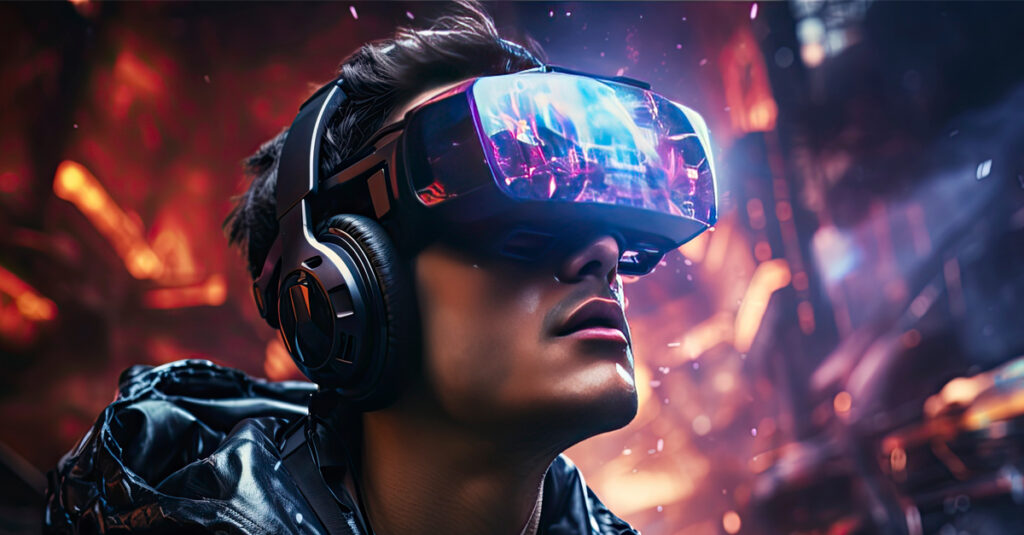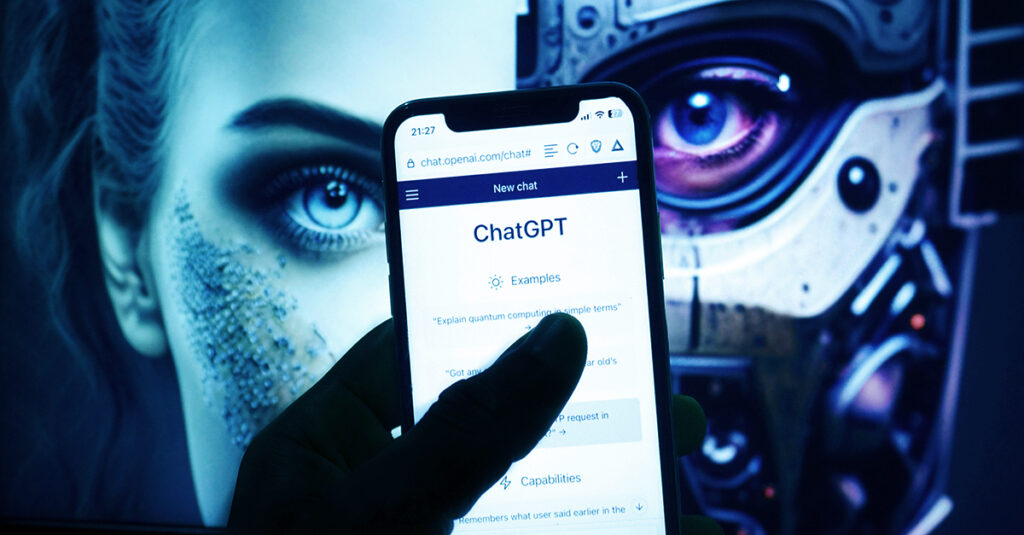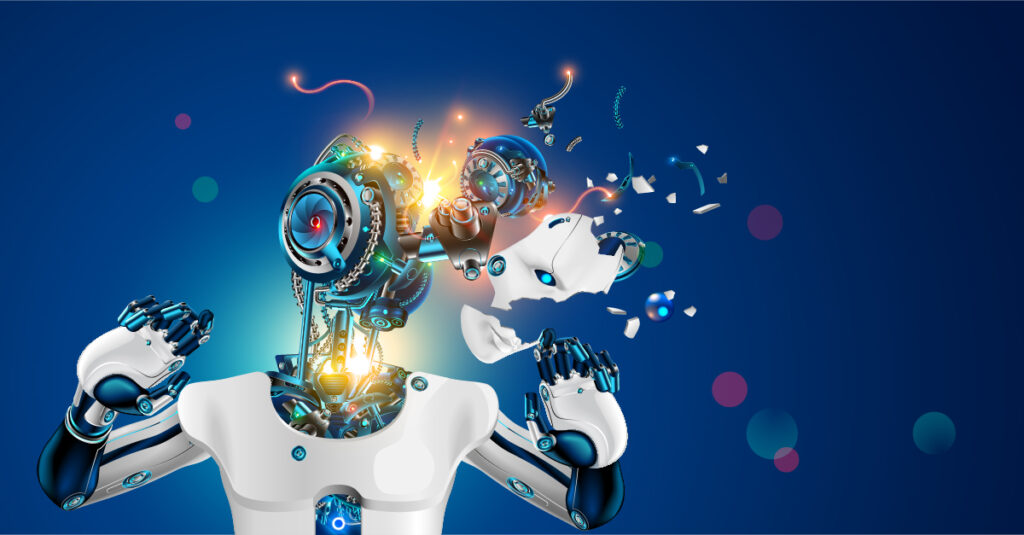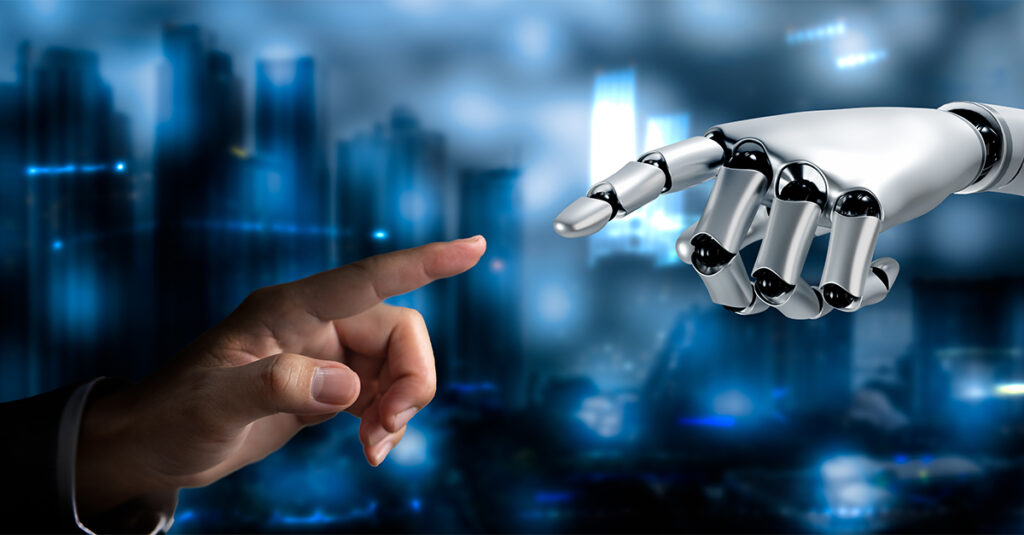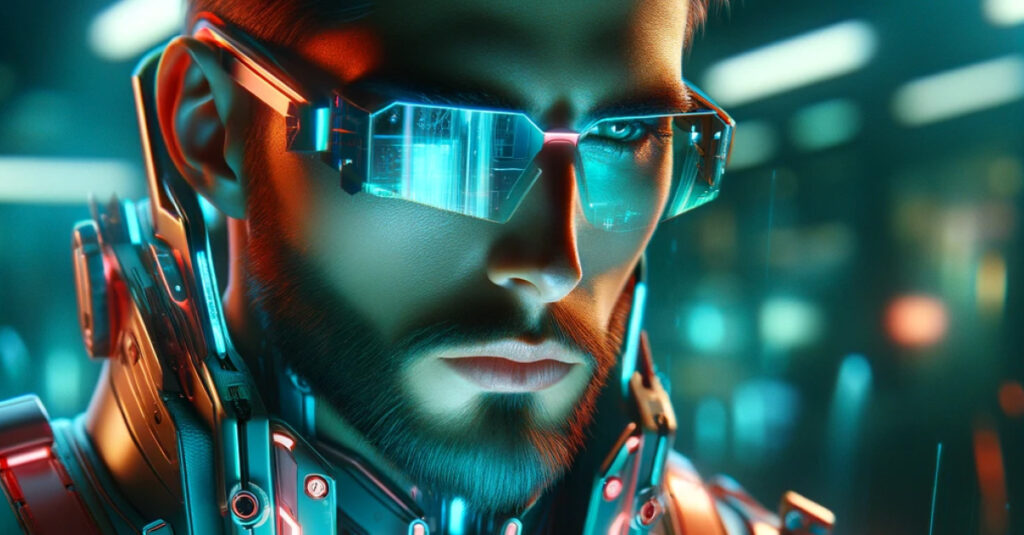Why Balancing AI with Human Creativity is Essential for Authentic and Impactful Marketing
In the fast-paced world of digital marketing, design, and advertising, Artificial Intelligence (AI) has become the new shiny toy. From automating content creation to generating eye-catching visuals, AI promises to make life easier for marketing teams and designers. But as with any powerful tool, AI must be used wisely. In the rush to leverage its capabilities, many professionals are falling into the trap of over-reliance, resulting in content that feels artificial, lacks authenticity, and ultimately fails to connect with audiences.
At Studio 13, we’ve seen firsthand how AI, when used incorrectly, can do more harm than good. Let’s explore how some are using AI the wrong way and the risks it poses to brand authenticity—and how we at Studio 13 strike the perfect balance between AI-driven efficiency and human creativity.
The Overuse of AI: When Efficiency Comes at a Cost
AI is a game-changer, but it’s not a substitute for human creativity and intuition. Unfortunately, many inexperienced marketers, designers, and advertisers are using AI as a crutch rather than a tool. You’ve probably noticed. The temptation to rely on AI to generate everything from copy to visuals is strong—after all, it’s quick, easy, and often delivers decent results. But here’s the problem: content that is purely AI-generated often lacks the nuances, emotions, and originality that resonate with people.
Example: Imagine scrolling through your social media feed and seeing post after post that looks and sounds almost identical. That’s the result of AI-generated content being churned out without the touch of human creativity. It’s efficient, but it’s also bland and forgettable.
When AI Misfires: The Hilarious Side of Generative AI
Now as AI becomes more adept at creating lifelike content, it’s getting harder for consumers to tell the difference between what’s authentic and what’s generated. However, sometimes things go wrong – very, very wrong. If you’ve ever used AI to generate images, you know it isn’t infallible. In fact, the mistakes can be as entertaining as they are revealing. From bizarre compositions and scrambled words to disjointed body parts, AI-generated visuals sometimes miss the mark in the most amusing ways, reminding us that even advanced technology has its quirks.
See some of our favorite AI image generation fails…
But despite the occasional missteps, AI image (and video) generators are rapidly advancing, and as their capabilities grow, so do the associated risks.
The Risks of AI-Generated Content
-
Over-Automation:
Issue: While AI can automate repetitive tasks, over-automation can strip away the human touch. For example, automated customer responses may be efficient, but they lack the empathy and understanding that only a human can provide.
Impact: This can lead to a disconnect between your brand and your audience, making it difficult to build meaningful relationships. -
Homogenization of Creativity:
Issue: AI often pulls from the same pool of data, resulting in similar outputs across different brands and industries. This homogenization dilutes creativity and makes it harder for brands to differentiate themselves.
Impact: If your content looks like everyone else’s, why should a potential customer choose your brand over another? -
Lack of Authenticity:
Issue: AI-generated content can feel impersonal and generic, missing the unique voice and personality that makes a brand stand out.
Impact: Audiences can quickly sense when something is off, leading to disengagement and a lack of trust in your brand, as seen in this Toys “R” Us commercial. The video, which was widely criticized for its unsettling and artificial feel, highlights how AI-generated content can miss the mark, failing to capture the genuine human touch that audiences connect with.
AI-Generated Toys “R” Us Commercial (June 2024)
Where Studio 13 Excels: Blending AI with Human Creativity
At Studio 13, we understand the allure of AI, but we also know its limitations. Our approach is to use AI as a tool that enhances human creativity—not replaces it. Here’s how we do it:
-
AI as an Assistant, Not the Creator:
We use AI to support our creative process, such as analyzing data to identify trends or automating certain tasks. However, the final creative decisions are always made by our experienced team of designers and marketers, ensuring that the content we produce is not only efficient but also authentic and original. -
Crafting Unique Brand Voices:
While AI can generate content, it can’t replicate the unique voice and personality of your brand. We make sure that every piece of content we create reflects your brand’s values, tone, and style, making it stand out in a crowded marketplace. -
Balancing Efficiency with Empathy:
We leverage AI to streamline workflows and improve efficiency, but we never lose sight of the importance of human connection. Whether it’s a marketing campaign or customer interaction, we ensure that there’s always a human touch that resonates with your audience.
Conclusion: AI is a Tool, Not a Replacement
The rise of AI in marketing, design, and advertising is exciting, but it’s crucial to remember that AI is just one tool in a much larger toolkit. Over-reliance on AI can lead to content that feels artificial, lacks authenticity, and fails to engage audiences. Let’s not eat the “Wow Chow.” At Studio 13, we excel at blending the power of AI with the irreplaceable creativity of human minds to deliver content that is not only efficiently created, but also genuine and impactful.
Ready to see the difference that a balanced approach to AI can make?
Contact us today to learn how we can help your brand stand out with authentic, creative solutions that resonate with your audience.



